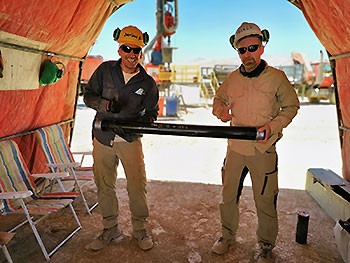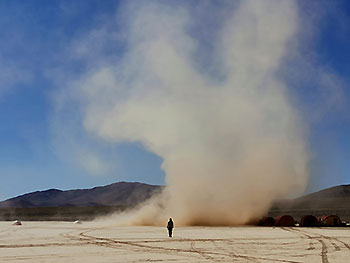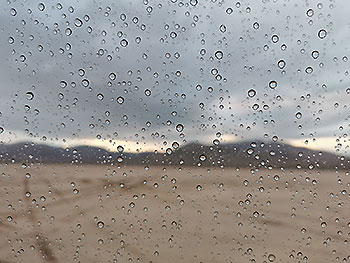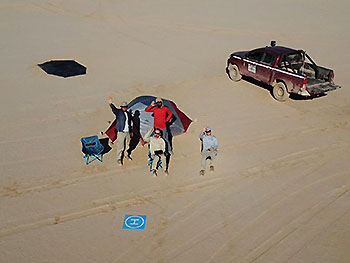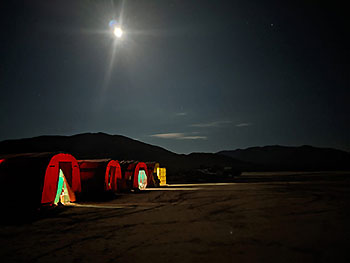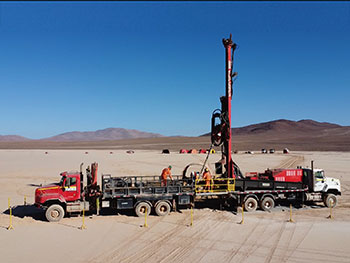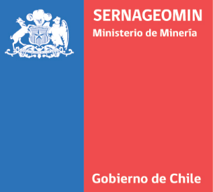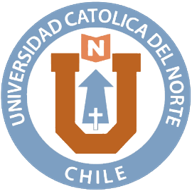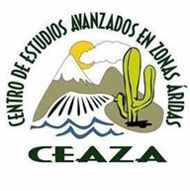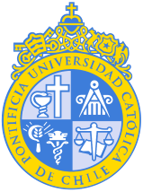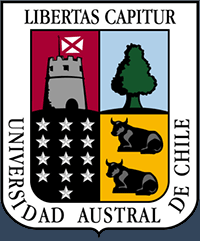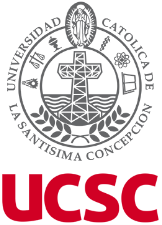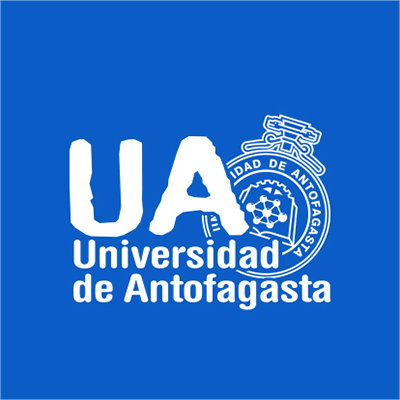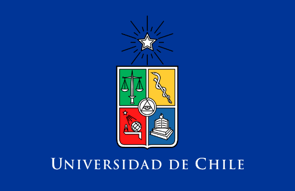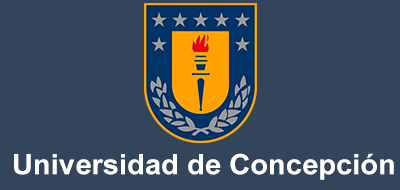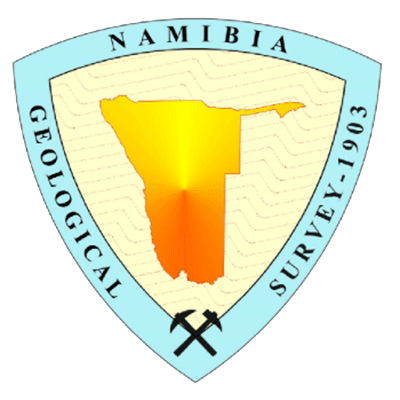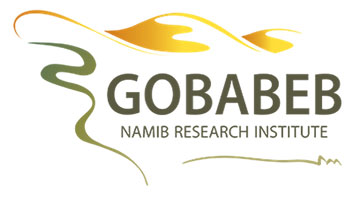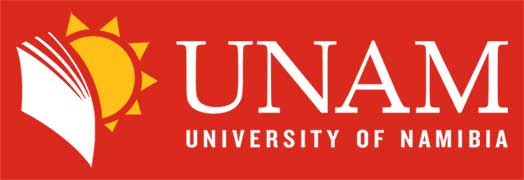On Monday, January 10, our group of three CRC researchers: Jacob Feller, Damian Lopez, and Volker Wennrich arrived in Antofagasta, Chile, for the Deep Drilling operation in the Paranal claypan. In February, the team will be complemented with Barbara Vargas Machuca, a Ph.D. student from the A02 subproject that will investigate plant remains in the sediment record.
After fulfilling the sanitary requirements with a PCR test and a short mandatory quarantine, we were able to meet our colleague Juan Cristobal Rios Contesse, a Ph.D. student from the UCN who also joined us for the Drilling operation. We spent the following two days organizing the logistics and getting all the necessary material to spend the next two months in the Atacama Desert.
Finally, on Thursday the 13th we entered the claypan along with a team of six Chilean drillers and a cook from the company Superex S.A. In the following days, we set up the camp in the place that will become our home for the next eight weeks. Our small “village” consists of several structural tents including a kitchen, dormitories for the drillers, and an office tent for the scientists. Our team on the other hand is lodging in individual camping tents. We also have a chemical toilet and an improvised shower that can be used depending on the water supply to remove the layer of dust accumulated on our bodies during the day.
One day after arriving, on Friday the 14th, we were lucky to experience one of the very rare precipitation events in the driest desert on Earth. For a few hours, it brought some mm of rain to the area in a totally unexpected spectacle of nature. Maybe in a few weeks, we will see a flowering as a result!
On Sunday the 16th, we started drilling into the claypan surface with the goal of recovering up to a 150 m sediment record of Neogene climate change in the Atacama Desert. Despite some technical problems that slowed down the advance of the drilling process, we already recovered 11 meters of sediment that yielded some severe environmental changes. At about 6 meters from the surface, we hit a solid gypsum layer that was also visible in the data of a seismic survey conducted in the claypan in 2018, which is a result of a longer-lasting lake phase. Now we are looking forward to seeing what the next cores will bring!
|
Pic 1: The first sediment core of the Paranal Deep Drilling |
Pic 2: Impressive dust devil over the camp |
|
Pic 3: Rain drop after an exceptional small-scale precipitation event |
Pic 4: Drone image of the science crew |
|
Pic 5: Night view of the camp with full moon |
Pic 6: Sonic-drill crew recovering a core from the center of the Paranal clay pan |



